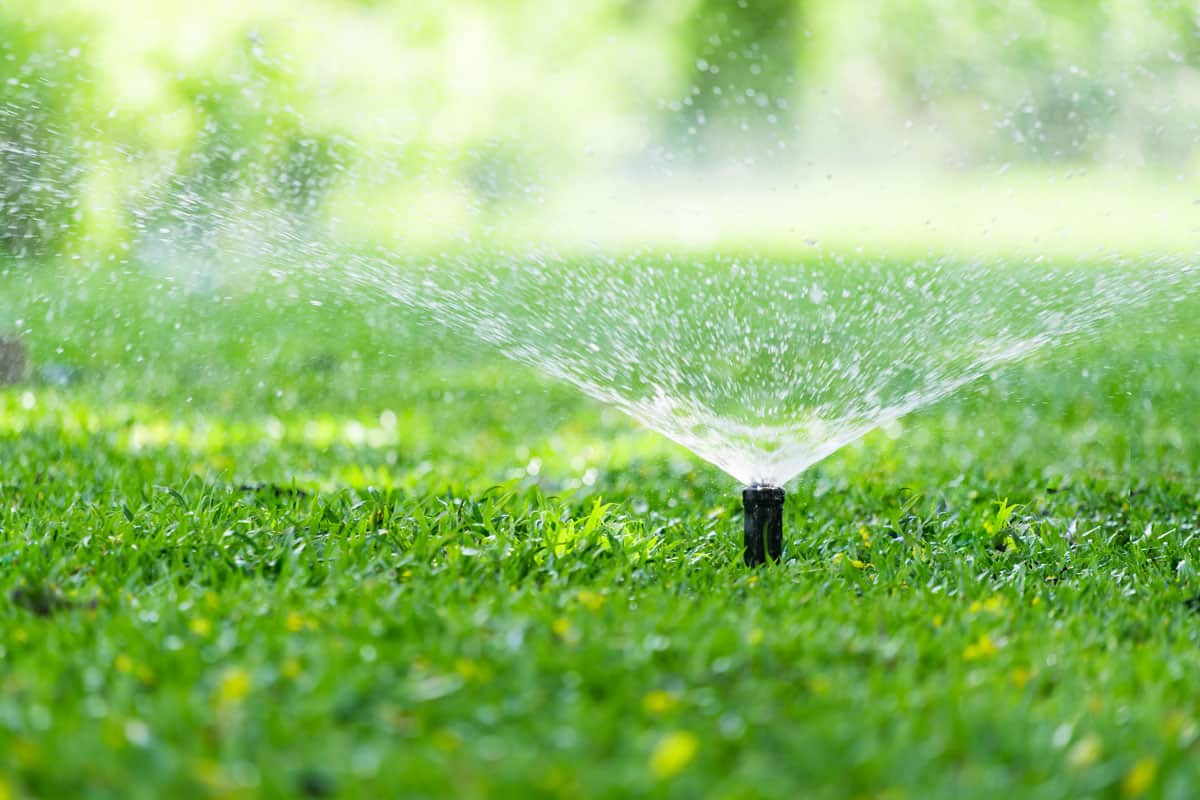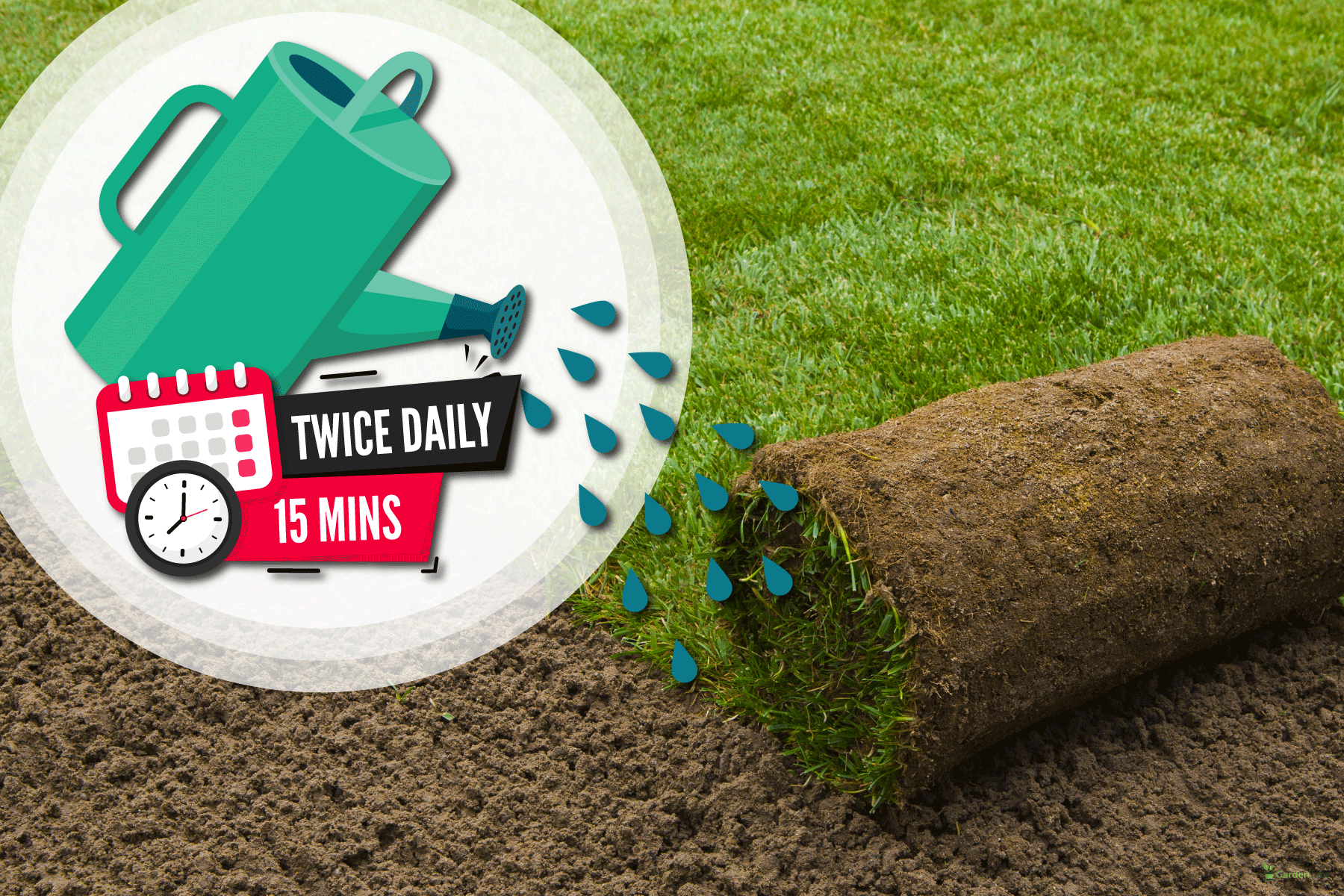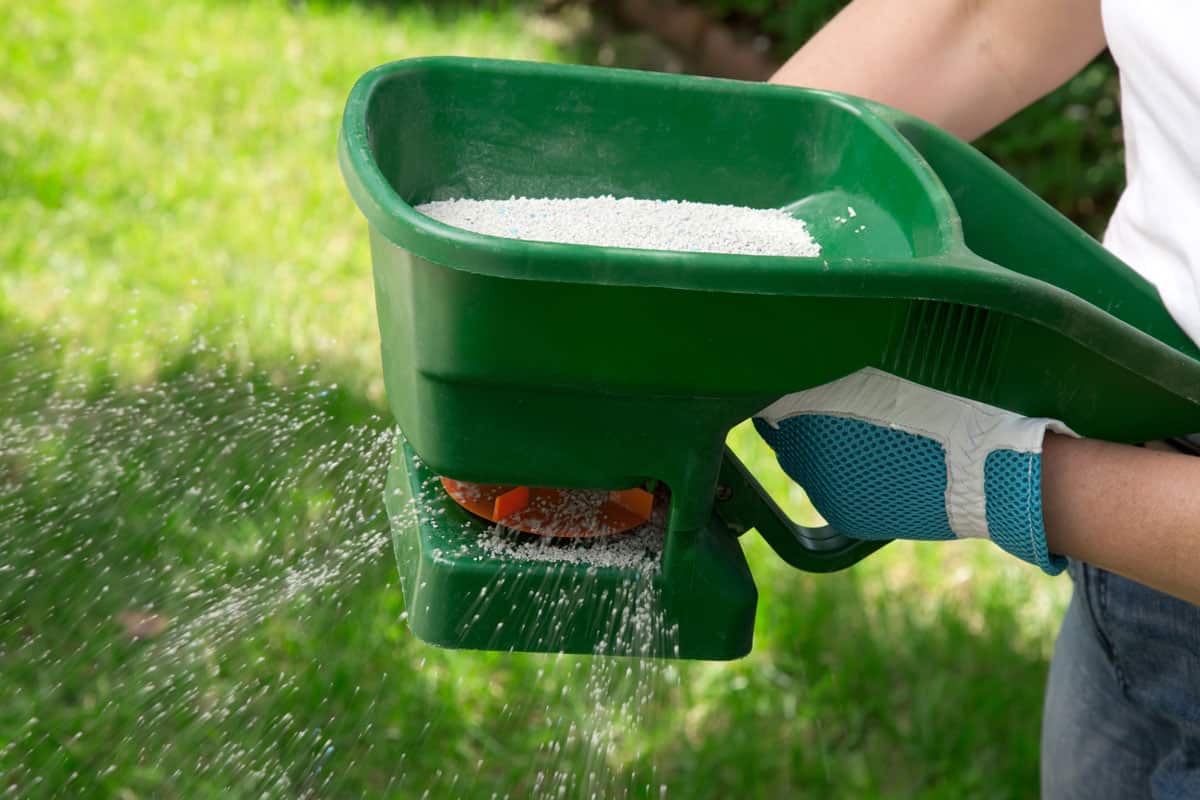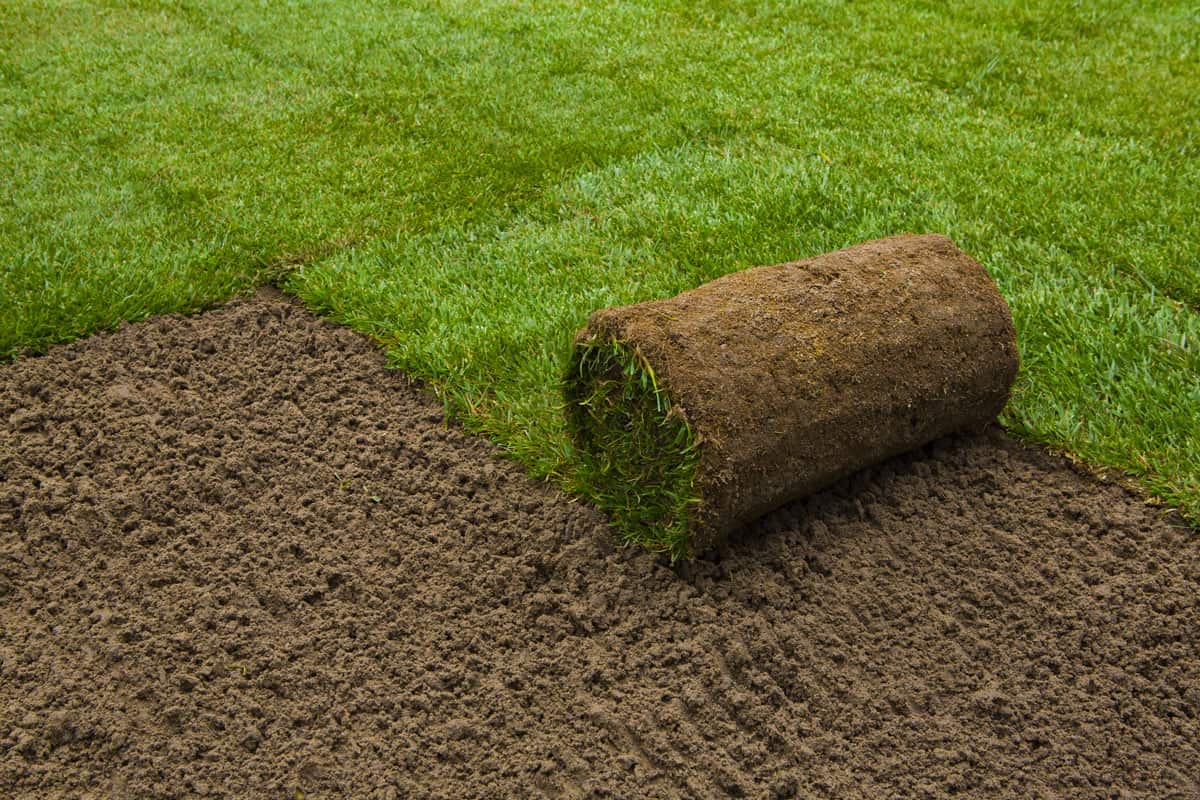Would you like to know how to fix a bad sod job? Well, we have researched this topic and have answers for you. It's vital to understand how to fix a bad sod job to get your lawn looking nice as soon as possible.
To fix a bad sod job, you must first identify the sod's problems and fix them individually. The main issues to look for and fix on a lousy sob job are uneven terrain, gaps between pieces of sod, dying sod, and dead sod.
This article will teach how to fix a bad sod job. We will also learn the answers to other interesting related questions, such as how much should you water new sod and when should you fertilize new sod? Keep reading to learn more.
How To Fix A Bad Sod Job

The first step to fixing a bad sod job is identifying what is wrong with the job and then solving each issue systematically. Let's look at the most common problems of a bad sod job and learn how to remedy them.
Uneven Terrain
The first thing you should check on a bad sod job is if the terrain is uneven. You will want to level the ground first so you won't have to replace any later sod patches.
Start by walking around the sod job and noting low and high areas. You will want to get a general sense of the sod's topography. Once you understand where the yard's high and low spots are, you can begin leveling them.
Use a shovel to cut around the perimeter of a low area in your yard. After cutting around the edge, lift out the pieces of sod. It would be best to reroll each section of sod to make them easier to move.
If the sod has started to root, you may need a shovel to loosen the sod. Try your best to keep the sod as together as you can. The larger the pieces of sod, the faster the lawn will heal.
Next, use a shovel to remove the sod on a high area. Once both the high and low places have their sod removed, you can start taking soil from the elevated area and bringing it to the low area.
When digging in the low area, remove soil in an even pattern. If you take all the dirt from one side of the high spot, you will create a new low spot.
After the high and low spots are even with the average height of the yard, replace their sod. Be sure to pull the sod tight together to avoid gaps between pieces.
Keep moving soil from high to low areas until the sod looks even everywhere.
Gaps Between Pieces Of Sod
Your sod will have gaps if it isn't pulled tight enough together when laid. With a new sod job, you may be able to pull some gaps closed, but it often leads to other gaps opening.
The best way to fix gaps between pieces of sod is sod patches. To patch a gap between a piece of sod, take a strip of sod and cut a long ribbon out of its side as wide as the gap. You can use a knife to cut the exact shapes you need out of sod easily.
Insert the ribbon of sod into the gap, ensuring it's pressed flush with the sod. Now walk along the sod patch to help the patch blend in.
Next, water the sod patch to help reduce its stress and blend it with the yard. If the patch is sinking lower than the rest of the sod, lift it out and add soil underneath to support it.
Dying Sod
If all or part of your sod is dying, you quickly need to identify and fix the problem to save your lawn. Let's look at the main reasons your sod may be dying and learn how to identify and fix them.
Underwatering
The most common reason new sod dies is underwatering. The fastest way to check if your sod is dying from underwatering is by touching the sod with your hands and checking for moisture.
If the dirt holding your sod together is dry, your sod will need to be watered immediately. Keep your sod watered so that it's never soaked but never dry. Keeping new sod damp while it establishes roots is essential.
Overwatering

If your sod is dying from overwatering, it will be wet to the touch. You may also notice a sloshing sound when walking on the sod.
Stop watering for a few days to help sod that's dying from overwatering. You want the soil lightly damp but not dry.
If your sod is suffering from overwatering, it will recover in a few days with reduced water.
Over-Fertilizing
If your sod is dying from over-fertilizing, the sod won't be overly wet or dry but still will be dying. You may also note the tips of the grass turning brown. The browning of the grass tips is known as fertilizer burn and is a sign of excessive fertilizer.
The best way to help sod that has been over-fertilized is to flush it with water. The excess fertilizer will dissolve into the water and wash away.
Flush your sod by running the sprinklers for two hours. After flushing the lawn, allow it to dry for two or three days to reduce the chances of fungal infections.
If you don't see a significant improvement in your lawn after four days, flush the sod again.
Dead Sod
No matter how much care you give to dead sod, it won't return to life. To fix dead patches of sod, you will need to cut them out and replace them.
Cut a few inches past where the sod is entirely dead to remove the worst part of the dying sod. Removing as much of the damaged sod as possible will significantly reduce how long it will take for your lawn to heal.
After removing all of the dead parts of your sod, start cutting replacement patches out of fresh sod. Try to make your patches match as close as possible to make hiding them easier.
How Much Should You Water New Sod?

New sod must recover from the stress of planting and growing new roots. The increased stress on new sod means it needs much more water than an established lawn.
A new sod lawn should be watered twice daily for at least fifteen minutes. Watering twice a day should ensure that the roots of the lawn are never dry.
If the roots of new sod dry out, they can struggle to establish deeper roots. Sod that's stressed while becoming established can be stunted for several months until it grows deeper roots.
You should keep watering your sod at an increased rate for two months. In two months, your sod will have established more permanent roots and be able to handle less water. Try watering once a day, four days a week, and adjusting based on how your lawn responds.
When Should You Fertilize New Sod?

Once you get your new sod laid, you may be excited to boost its growth with fertilizer, but it would be best to wait. When sod is first laid, it spends its first few weeks establishing roots. If fertilizer is added too soon, it can stress the sod and make it more difficult to establish roots.
It would be best to wait one month to allow the sod to be better established. Fertilizing sod after it's established will significantly increase its growth rate.
Which Fertilizer Should I Use On New Sod?
When choosing a fertilizer for your new sod, it must contain all three essential nutrients for plant growth. Plants require nitrogen, phosphorous, and potassium to grow, and it would be best to choose a fertilizer with all three.
The ratio of the three nutrients doesn't particularly matter as long as the nutrients are relatively balanced. If you want to try a fertilizer with an even mix of the three essential nutrients for plant growth, here are two of the best available on Amazon.
GreenView Multi-Purpose Fertilizer
You can find this product here on Amazon.
Jacks Classic All-Purpose Fertilizer
You can find this product here on Amazon.
Final Thoughts

This article taught us the proper steps to repair a bad sod job. We also learned how much you should water new sod.
Remember, wait a month before fertilizing new sod and use a fertilizer that contains all three essential nutrients for plant growth.
We hope you enjoyed this article. If you want to learn more, check out some of these other posts.


